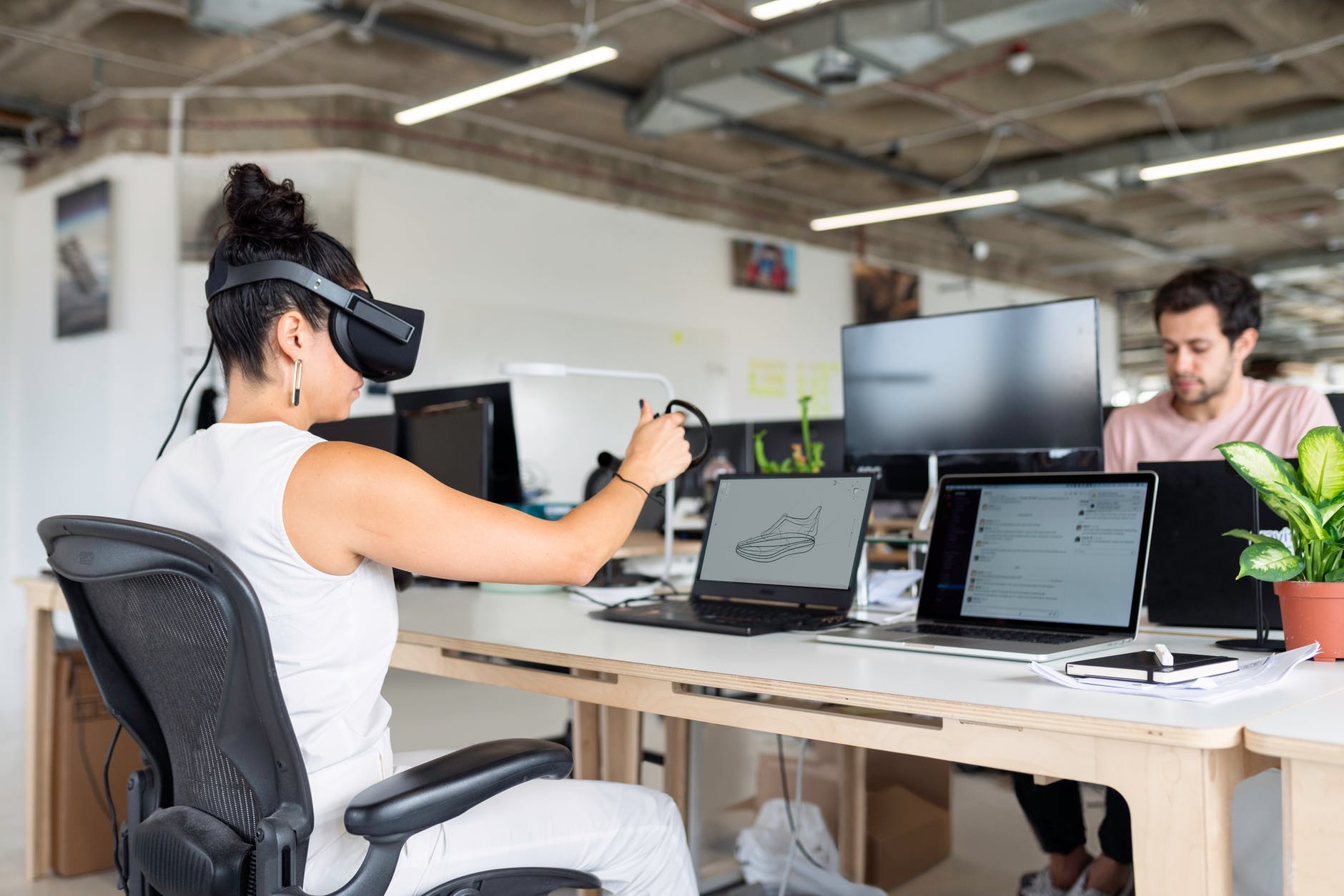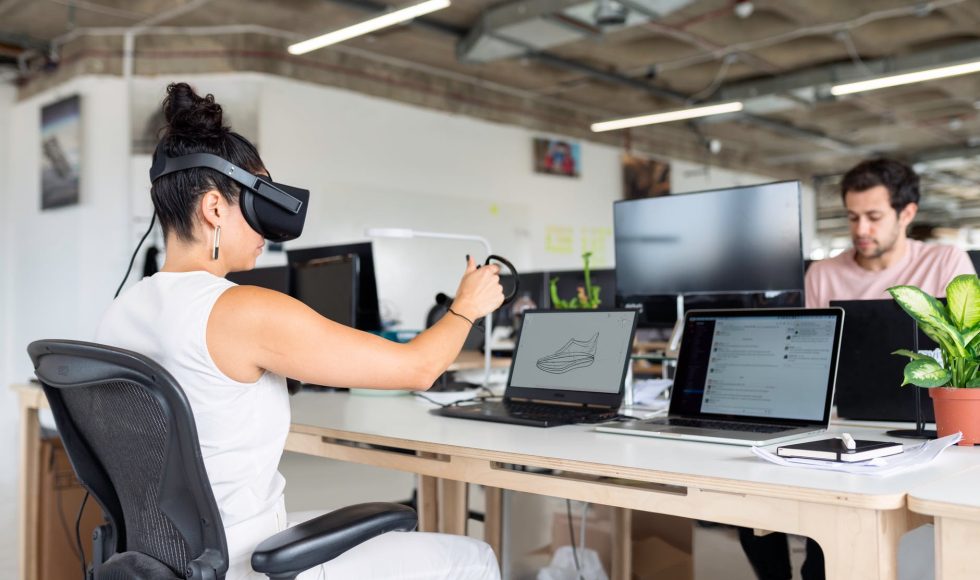Dr. Travis Flohr from Penn State University presented a recorded session for the 2020 Lilly Conference online entitled “The Virtual Studio: An Emerging Tacit Learning Management System Framework” describing a visually stunning new virtual course environment. Flohr and colleagues re-envisioned and designed a virtual environment for their architecture/landscaping design courses that provided the interactions and social creativity and design space that the combination of their learning management system (LMS) and Zoom videoconferencing were unable to create. After describing the goals and key features they wanted the environment to include to support learner collaboration and creativity in a more realistic environment, Flohr switched from slides to launching a demo. The system is immersive and offers seamless three dimensional spaces based on the academic buildings used for the courses when in person. Student desk spaces have tools for sharing designs, annotating, and even Zoom links to videoconference with instructors, for example. Characters are very realistic and walk and interact almost like human characters in a modern video game. However, instead of searching for a treasure or waging war, characters gather around desks, view each other’s work, and can review guidelines & instructional materials. The lecture hall next to the workstations provides access to recorded materials or live events. The poster boards serve to stare materials and student work. This virtual studio reminded me of the Virbella Campus we used for the MBTP symposium. Come to think of it, I did not notice vending machines for ordering Grub Hub or renting movies for participants in Virbella! Flohr and colleagues included these features to create virtual social spaces for interaction! The Virtual Studio PSU created is very neat, and I can see its utility for teaching courses that rely heavily on design, peer review, and groups. The graphics are stunning: even walking among the workstations users can look around and start Zoom conversations rather easily to share work and suggestions. I have been skeptical about the utility of Virtual Reality (VR) setups that require significant bandwidth or additional equipment. The Virtual Studio presented here didn’t seem to be that hardware demanding. In the courses Flohr teaches, users can share plans and designs… and, in the future, may be able to together create and survey green spaces as a class! While other systems I have used or seen are still rather clunky, the Virtual Studio presented here could be modified to be a design space for biotechnology experiments! I can envision students in BIT 295 diagramming together in virtual spaces and presenting as teams — all virtually. Maybe BIT 295 doesn’t have to be blended and can be an online lab experience.



